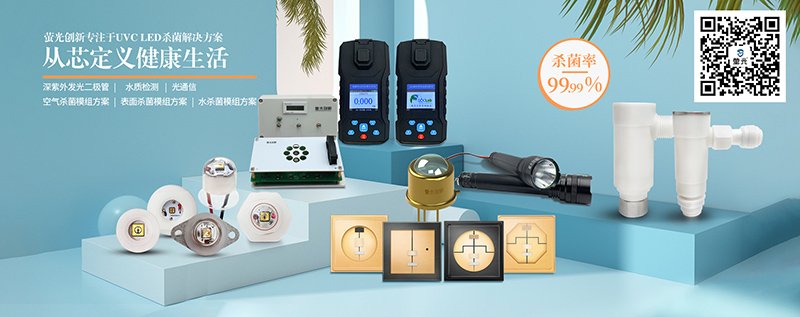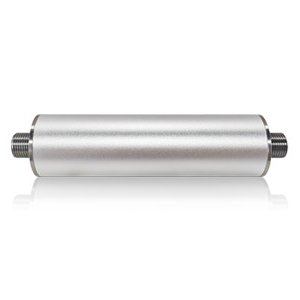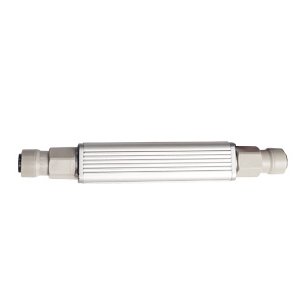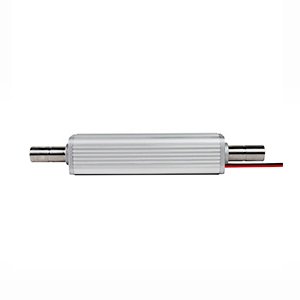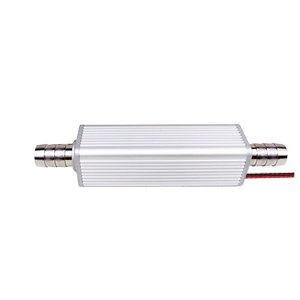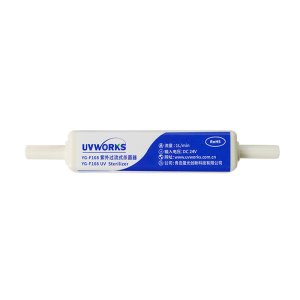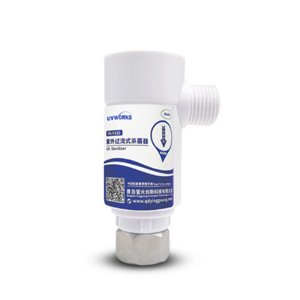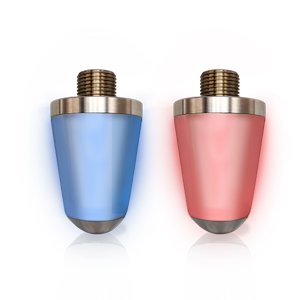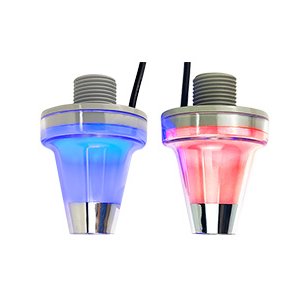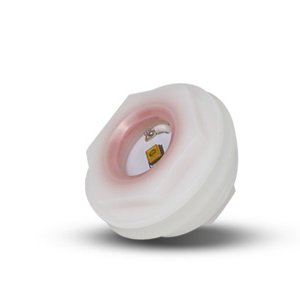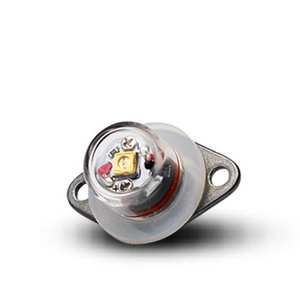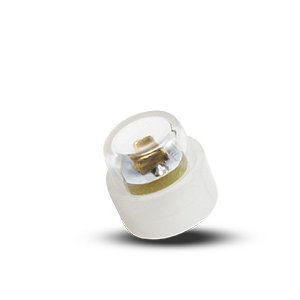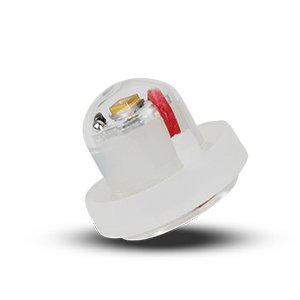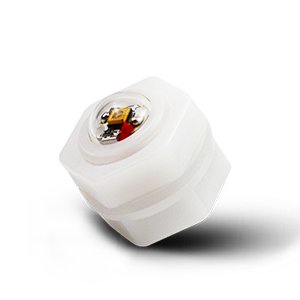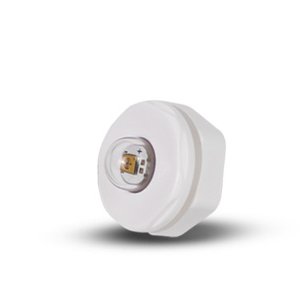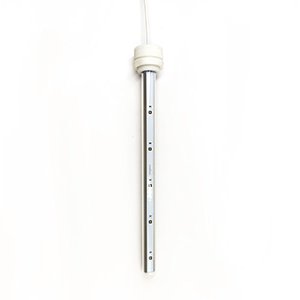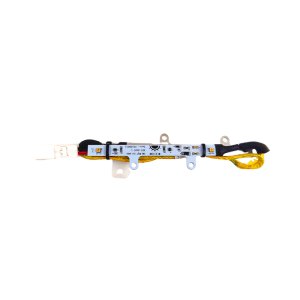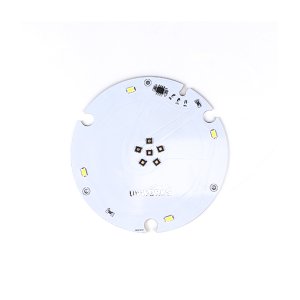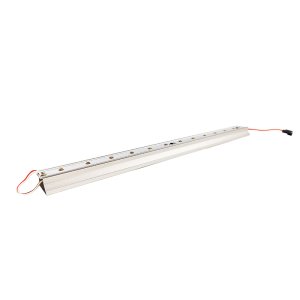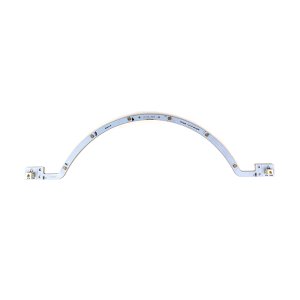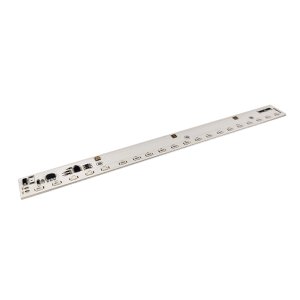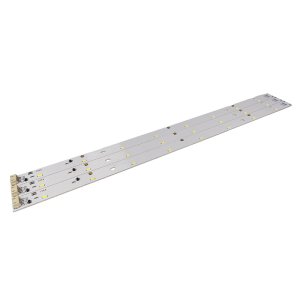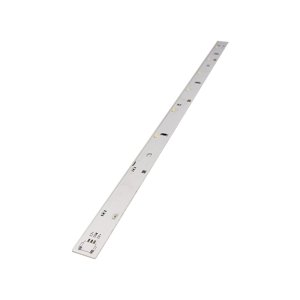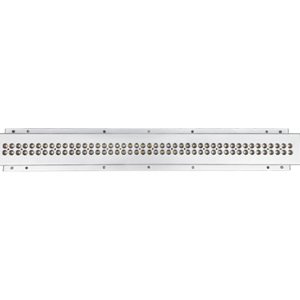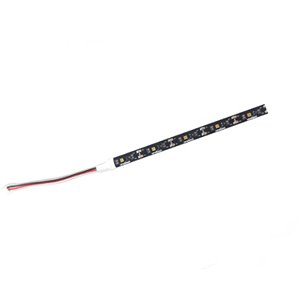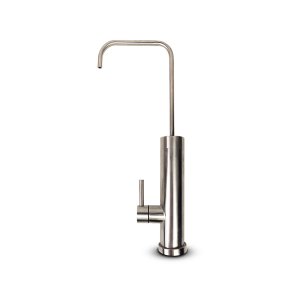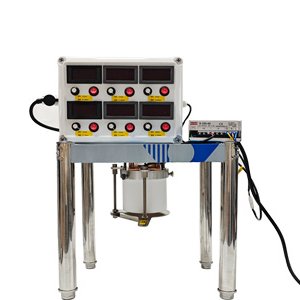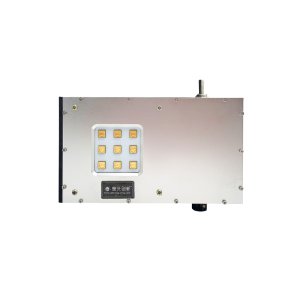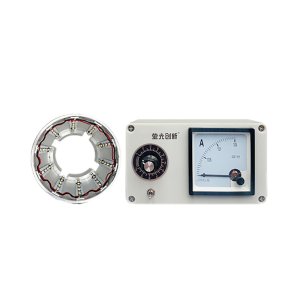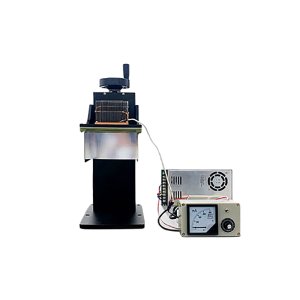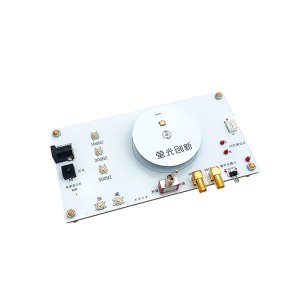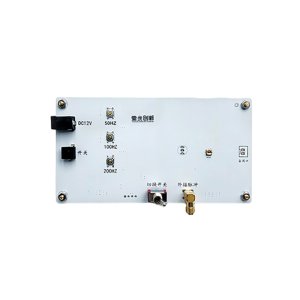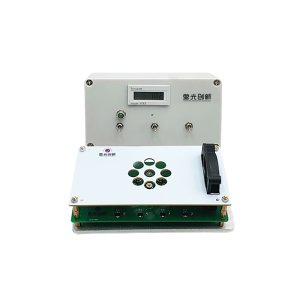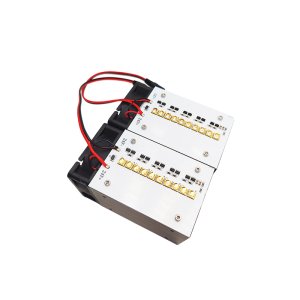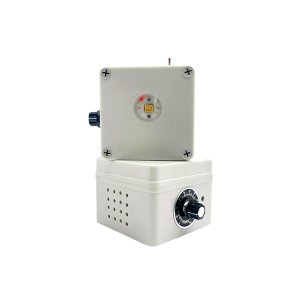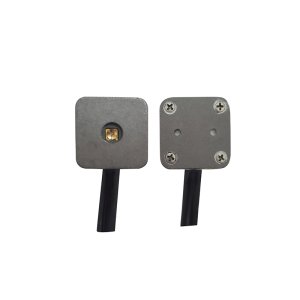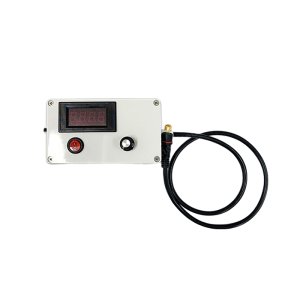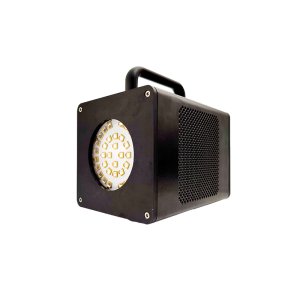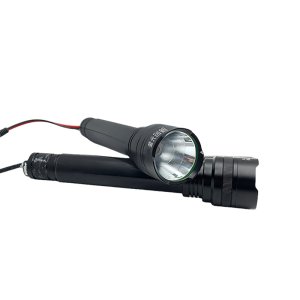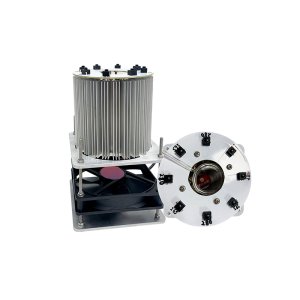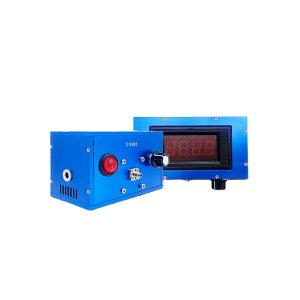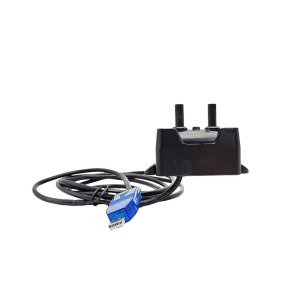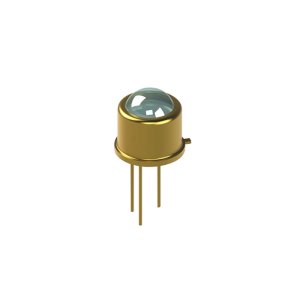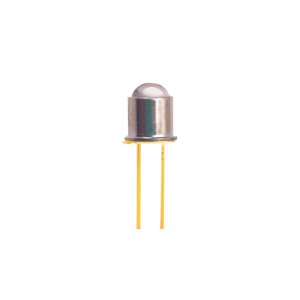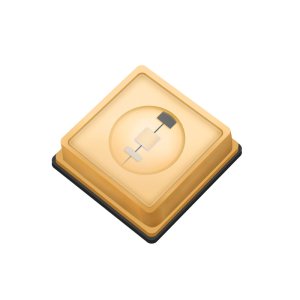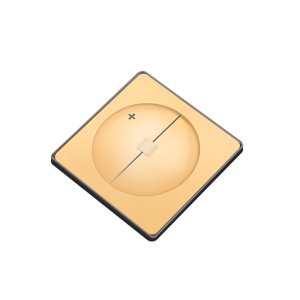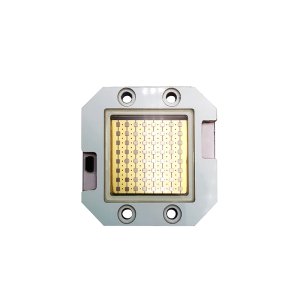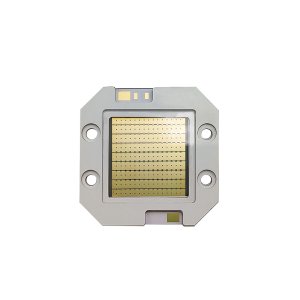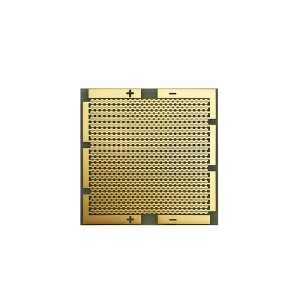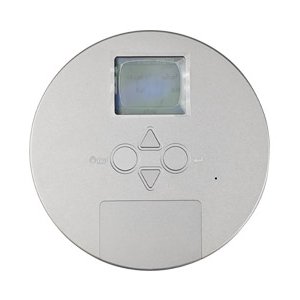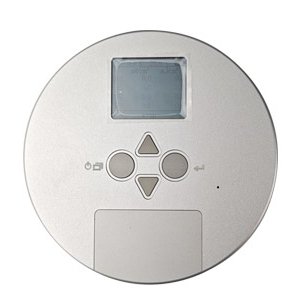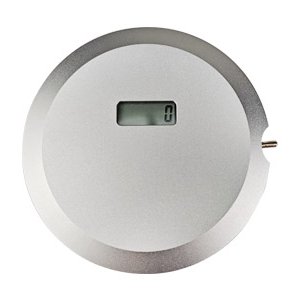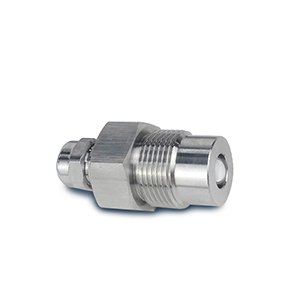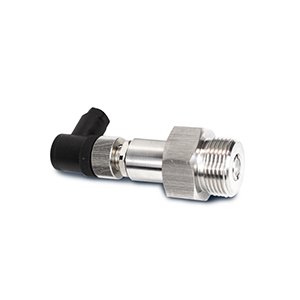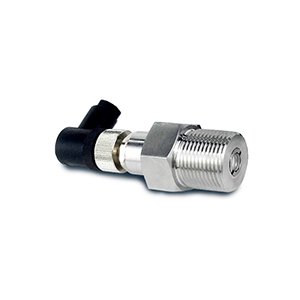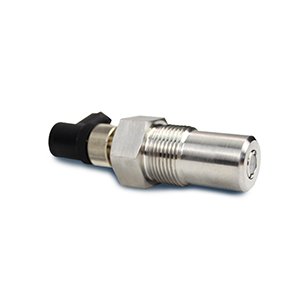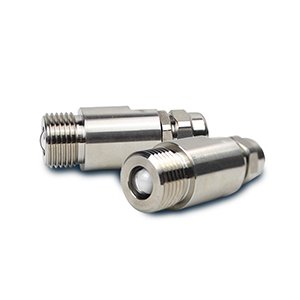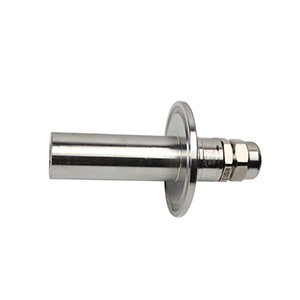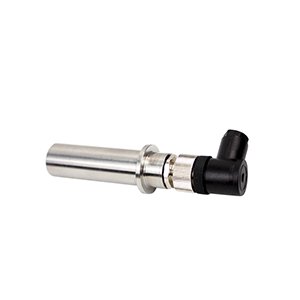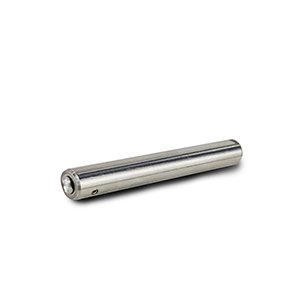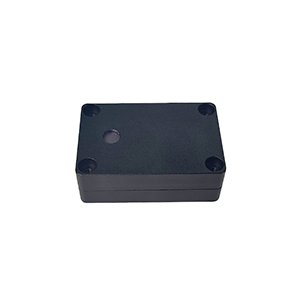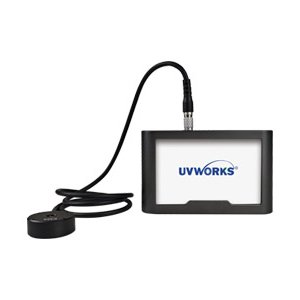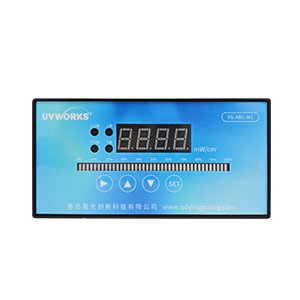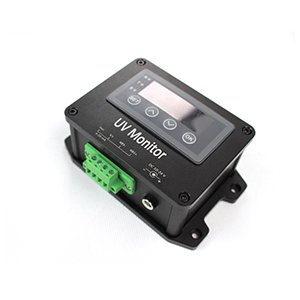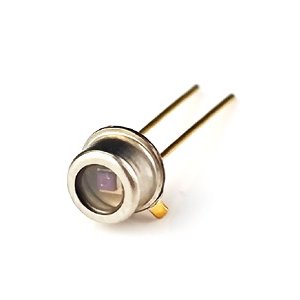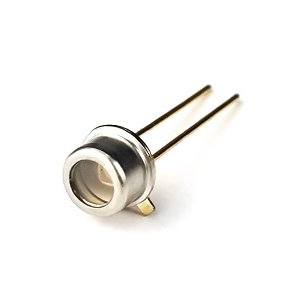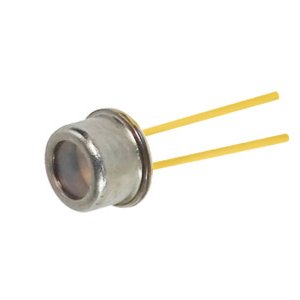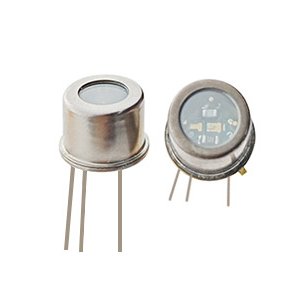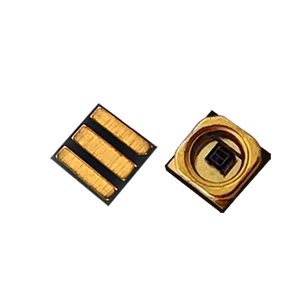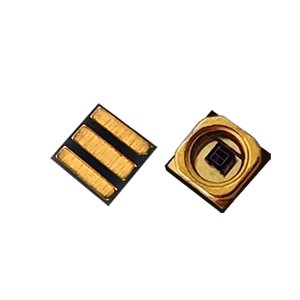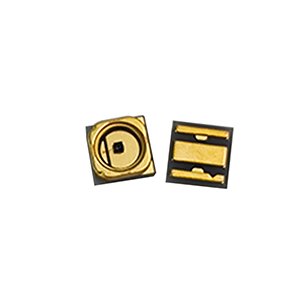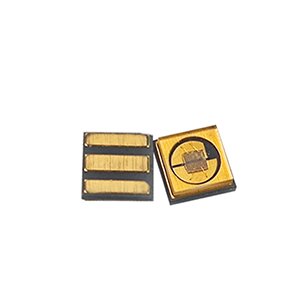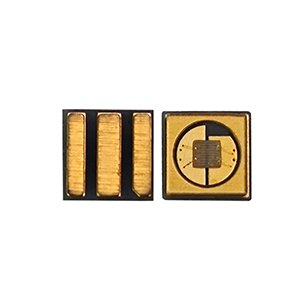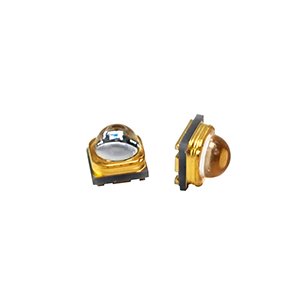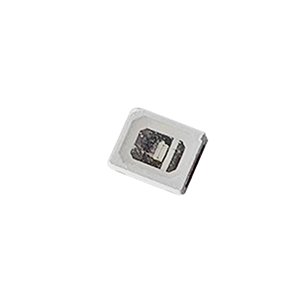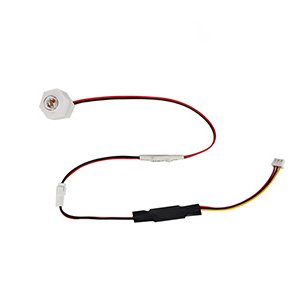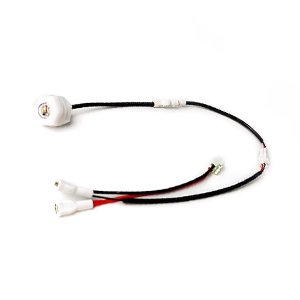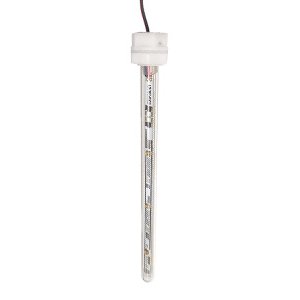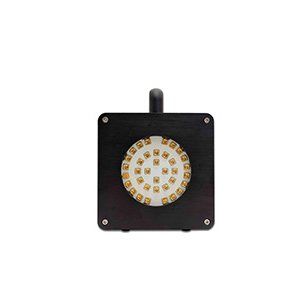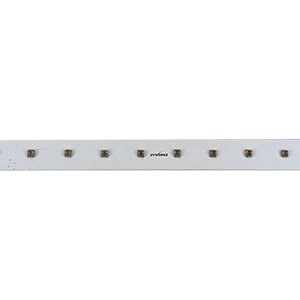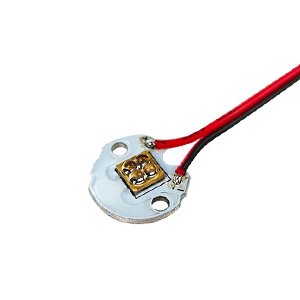
8 questions to help you understand uvleds
2021-12-14
With the advantages of small volume, fast opening speed and low power consumption, deep UV LED has opened up a new application scenario in the deep UV sterilization market, and formed a trend substitution for UV mercury lamp, from air-conditioning and air purification for air sterilization; In the scenes of water sterilization, such as water tank bacteriostasis, direct drinking water, humidifier to surface sterilization, intelligent toilet and toothbrush disinfection, deep UV uvc-led began to show great application value and potential. Today, let's talk about UVC led.
1. What is UV
First, let's review the concept of UV. UV, i.e. ultraviolet, i.e. ultraviolet, is an electromagnetic wave with a wavelength between 10nm and 400nm. UV in different bands can be divided into UVA, UVB and UVC.
UVA: it has a long wavelength, ranging from 315-400nm. It can penetrate clouds and glass into the room and the car. It can penetrate into the dermis of the skin and cause tanning.
UVB: the wavelength is in the middle, and the wavelength is between 280-315nm. It will be absorbed by the ozone layer, causing sunburn, skin redness, swelling, heat and pain, and blistering or peeling in severe cases.
UVC: the wavelength is between 100-285nm, but the wavelength below 200 nm is vacuum ultraviolet, so it can be absorbed by the air. Therefore, the wavelength at which UVC can cross the atmosphere is between 200-280nm. The shorter its wavelength is, the more dangerous it is. However, it can be blocked by the ozone layer, and only a small amount will reach the surface of the earth.
2. UV sterilization mechanism
UV can destroy the DNA (deoxyribonucleic acid) or RNA (ribonucleic acid) molecular structure of microorganisms, so that bacteria die or cannot reproduce, so as to achieve the purpose of sterilization.
3. UV sterilization band
According to the international ultraviolet Association, "the ultraviolet spectrum (the 'sterilization' region) which is very important for water and air disinfection is the range absorbed by DNA (RNA in some viruses). This sterilization band is about 200-300 nm".
It is known that the sterilization wavelength extends to more than 280nm, and now it is generally considered to extend to 300nm. However, this may also change with more research. Scientists have proved that ultraviolet light with wavelengths between 280nm and 300nm can also be used for sterilization.
4. The most suitable wavelength for sterilization
There is a misunderstanding that 254 nm is the best wavelength for sterilization, because the peak wavelength of low-pressure mercury lamp (only determined by the physics of the lamp) is 253.7 nm. In essence, as mentioned above, a certain range of wavelengths have bactericidal effect. However, it is generally believed that 265nm is the best wavelength, because it is the peak of DNA absorption curve. Therefore, UVC is the most suitable wavelength for sterilization.
5. Why did history choose UVC led
Historically, mercury lamp was the only choice for UV sterilization. However, the Minamata Convention on mercury has officially entered into force for China since August 16, 2017. The Convention requires that the production, import and export of mercury containing products specified shall be prohibited from January 1, 2021, and mercury lamps shall also be included. Therefore, UVC LED is the only reliable alternative today.
The miniaturization of UVC LED components brings more imagination to application scenarios, many of which can not be realized by traditional mercury lamps. In addition, UVC led also has many advantages, such as fast startup, more allowable switching times, available battery power supply and so on.
6. UVC LED application scenario
According to different application scenarios, we may see UVC led in these applications in the future:
Surface sterilization: high frequency public contact surfaces such as medical appliances, maternal and infant supplies, intelligent toilet, refrigerator, tableware cabinet, fresh-keeping box, intelligent trash can, thermos cup, escalator handrail and ticket vending machine button;
Still water sterilization: water tank of water dispenser, humidifier and ice maker;
Flowing water sterilization: flowing water sterilization module, direct drinking water dispenser;
Air sterilization: air purifier, air conditioner
7. How to select UVC LED
It can be selected from the parameters such as optical power, peak wavelength, service life, output angle and so on.
7.1 optical power: the UVC LED optical power available in the current market ranges from 2MW, 10 MW to 100 MW. Different applications have different power requirements. Generally speaking, the optical power can be matched by combining the irradiation distance, dynamic demand or static demand. The larger the irradiation distance, the more dynamic the demand, and the greater the optical power required.
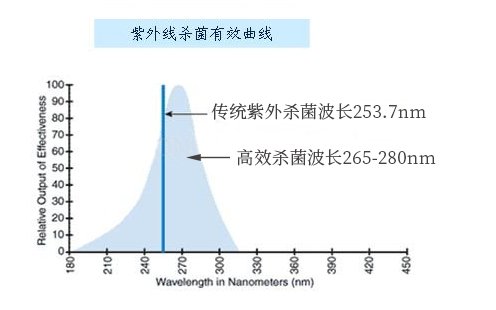
7.2 peak wavelength: as mentioned above, 265nm is the best wavelength for sterilization, but considering that there is little difference in the mean value of peak wavelength among manufacturers, in fact, optical power is the most important index to measure sterilization efficiency.
When selecting the peak wavelength of uvc-led, we need to understand the following technical points: ① the most suitable wavelength for sterilization is 265 nm, rather than the characteristic wavelength of low-pressure UV mercury lamp is 254 nm. UVC ultraviolet with wavelength between 260 ~ 285 nm has good bactericidal effect; ② For uvc-led, the sterilization effect depends on the peak wavelength and optical power at the same time. However, considering that there is little difference in the mean value of peak wavelength among manufacturers, in fact, optical power is the most important index to measure the sterilization efficiency.
7.3 service life: consider the demand for service life according to the service time of specific application, and find the best matching UVC led, and the best one is suitable.
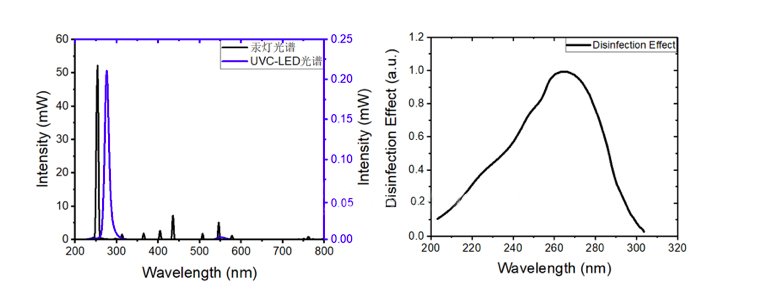
Figure 1: Spectral comparison between typical UVC-LED and low-voltage UV mercury lamp (left); Bactericidal effect of ultraviolet radiation at different wavelengths (right)
7.4 light output angle: the light output angle of lamp beads encapsulated with plane lens is usually between 120-140 °, and the light output angle encapsulated with spherical lens is adjustable between 60-140 °. In fact, no matter how large the output angle of UVC LED is selected, enough LEDs can be designed to fully cover the required sterilization space. In the scene insensitive to the sterilization range, a small light angle can make the light more concentrated, so the sterilization time is shorter.
8. Technical challenges faced by UVC LED
Throughout the above, UVC led seems to be very beautiful, "really fragrant"! However, like all developing things, it also faces the trouble of growth. From epitaxy to chip and then to packaging, UVC LEDs are all facing challenges.
Of course, like all developing things, with the development of technology in the future, it is only a matter of time for UVC led to fly into ordinary people's homes.
Qingdao fluorescent Innovation Technology Co., Ltd. has a professional postdoctoral team, focusing on the research of ultraviolet sterilization application. After years of deep cultivation in the ultraviolet industry, the company has obtained a number of national invention and utility model patents. At present, a number of sterilization module products have been put into the market. For more details, please visit the company's website at www.qdyingguang.com Com contact the company for the official account of WeChat.
